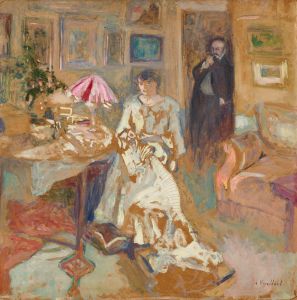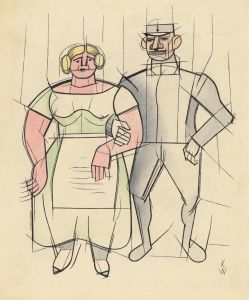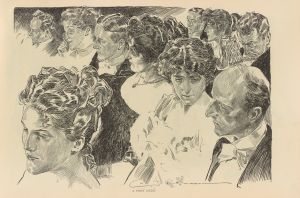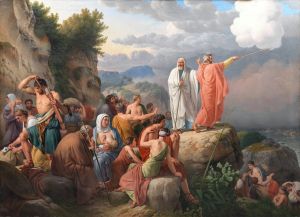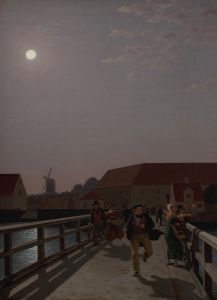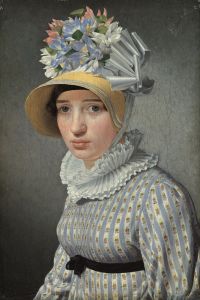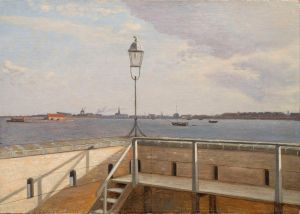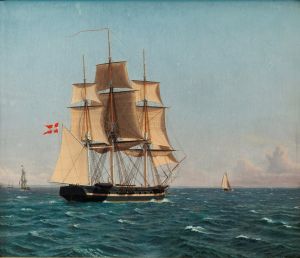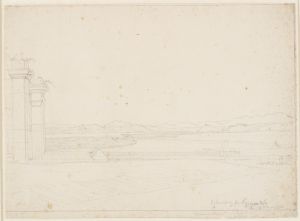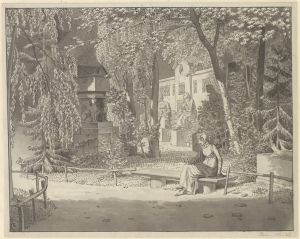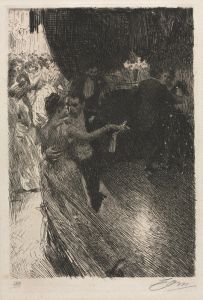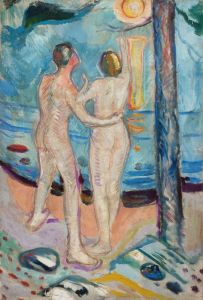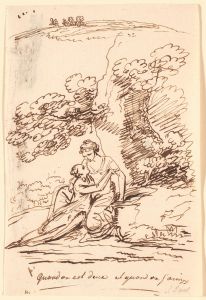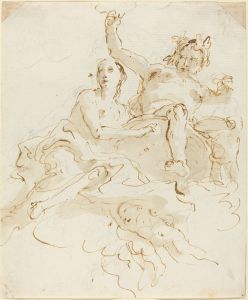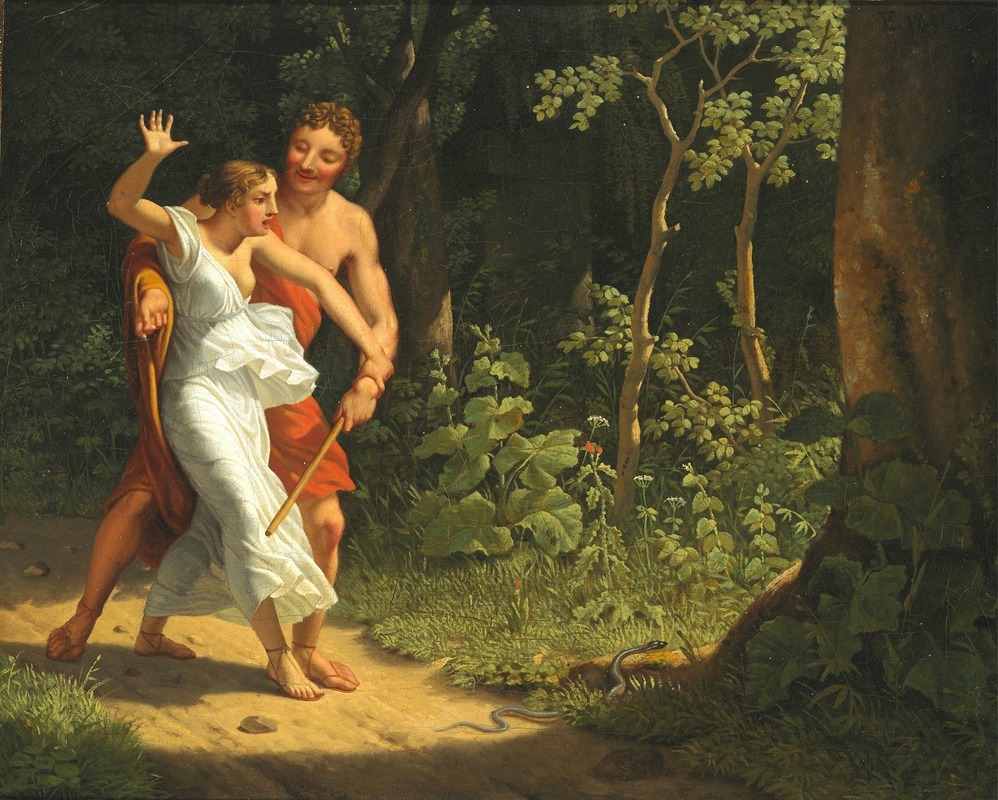
A seduction scene in a forest
A hand-painted replica of Christoffer Wilhelm Eckersberg’s masterpiece A seduction scene in a forest, meticulously crafted by professional artists to capture the true essence of the original. Each piece is created with museum-quality canvas and rare mineral pigments, carefully painted by experienced artists with delicate brushstrokes and rich, layered colors to perfectly recreate the texture of the original artwork. Unlike machine-printed reproductions, this hand-painted version brings the painting to life, infused with the artist’s emotions and skill in every stroke. Whether for personal collection or home decoration, it instantly elevates the artistic atmosphere of any space.
Christoffer Wilhelm Eckersberg (1783–1853), often referred to as the "father of Danish painting," was a prominent figure in the Danish Golden Age of art. His works are celebrated for their meticulous attention to detail, harmonious compositions, and often idealized depictions of nature and human figures. Among his numerous paintings, A Seduction Scene in a Forest is a lesser-known but intriguing work that reflects his mastery of both landscape and figurative art.
The painting, created in 1813, depicts a moment of human interaction set against the backdrop of a lush forest. The scene features a man and a woman, with the man appearing to court or seduce the woman. The figures are placed in a naturalistic setting, surrounded by dense foliage and dappled light, which showcases Eckersberg's skill in rendering both human anatomy and the subtleties of light and shadow in nature. The composition draws the viewer's attention to the interaction between the two figures, while the forest setting creates an intimate and secluded atmosphere.
Eckersberg was deeply influenced by his studies in Paris under Jacques-Louis David, a leading figure of Neoclassicism, as well as his travels in Italy. These experiences shaped his approach to art, blending classical ideals with a keen observation of the natural world. In A Seduction Scene in a Forest, one can observe the influence of Neoclassical principles in the balanced composition and the idealized portrayal of the human form. At the same time, the painting reflects a Romantic sensibility in its focus on emotion, nature, and the interplay between humans and their environment.
The painting is notable for its subtle narrative and the ambiguity of the interaction between the figures. While the title suggests a seduction, the exact nature of the relationship and the outcome of the scene remain open to interpretation. This ambiguity invites viewers to engage with the work on a personal level, imagining the story behind the moment captured on canvas.
Currently, A Seduction Scene in a Forest is housed in the collection of the National Gallery of Denmark (Statens Museum for Kunst) in Copenhagen. It is considered an important example of Eckersberg's early work, demonstrating his transition from academic training to the development of his distinctive style that would later define Danish Golden Age painting.





